Can't We Just agree?
Can’t We Just Agree?
In an online world that reports more on confrontation than collaboration, celebrating similarities and sharing beliefs is becoming harder than finding the time it takes to practice a meaningful movement practice in-studio, or at home.
The apparent softness of the ballet, and the hardness of the kettlebell may seem like opposing training options. However, these two disciplines require tension, strong habits and the implementation of a refining process to learn and master movement for suppleness and strength, function and form.
Kettlebell training may help the movements in ballet or at the barre by increasing the muscles of the body’s ability to tolerate and share tone and apply tension for power, strength and endurance. Training at the barre may enhance a student’s kettlebell skills by increasing their body awareness and the ranges of motion for efficient and powerful movements with a steel bell in hand.
Training is not trading one benefit for another. Rather, seeking out the opportunities to make meaningful connections within, or external to an exercise practice.
Agreeable Attributes
Specifically, not limited to the following points are the body parts, and training concepts where both exercising entities agree…
The Hand and Wrist
Palm up or palm down, look at your hand — which direction do the fingers trend? Seek out and celebrate neutrality, where the pinky lines up with the ulna of the forearm and the index finger lines up with the radius (the one where you take your pulse). With softly pointed fingers, or firm grips on the bell, both exercise styles prioritize “radial deviation” to help share the load and responsibility between the flexors and extensors of the forearm. Attend to tennis or golfers elbow by increasing your awareness of the position of the hand when in use and when at rest. The pinky may be the smallest finger, but can have big effects on the health of the hand, and the performance of gripping tasks.
The Head and Face
Can you turn your head to the side without moving your torso, or vice versa? Now, try it on a single leg. Enjoy moving always, and in all of the ways like a bobble head, but prioritize stability of the neck and the mobility of the head. In all movements, avoid stretching the neck. In your training, make your task look easy and put tension in the most effective places like the core. Clenching the teeth and snarling the face doesn’t give your body the feedback it needs to reinforce that what you are trying to accomplish is simple, we know it’s not easy.
Repetition, Repetition, Repetition …
In a ballet practice, a student is most likely to encounter the following protocols to start the practice: foot warm up, hip warm up, plié, tendu, glissade, fondu. Even if the language gets more complex as you go through the practice, it’s always the same, but different.
At a kettlebell session, a specialized variation of movements occur. Bodyweight warm up, kettlebell arm bar, hinge and core prep, strength tasks followed by endurance. On instagram, @itscoachgoodman made a comment that resonates with us and our experiences with the barre and bell.
“Instagram would be really boring if good trainers actually shared their training. Why? Because they basically repeat the same stuff aggressively and progressively. Honestly, real good training is as follows: same shit, different shirt.”
Do your body parts agree with one another? Do they work collaboratively to help you stay pain free, efficient and strong in your workouts and tasks of daily living? While it is easier to highlight the differences in opinion or training operatives — seek to develop transferable skills from one practice to the next and stay supple and strong in your workout and everyday life.
Take care,
Ian and Lauryn


